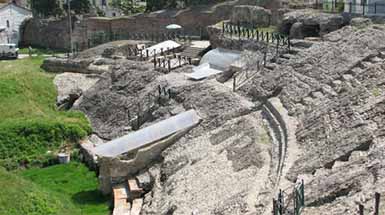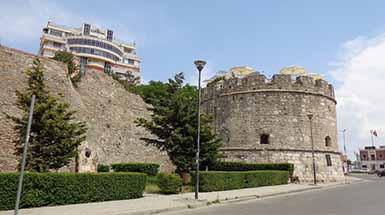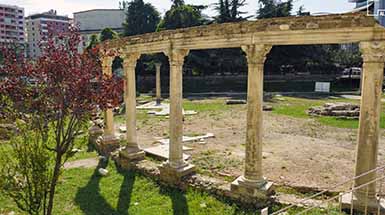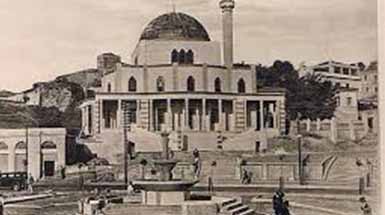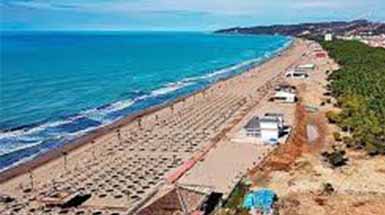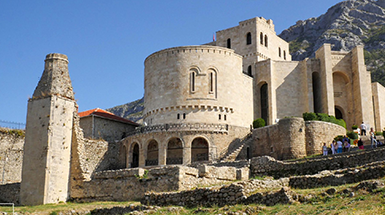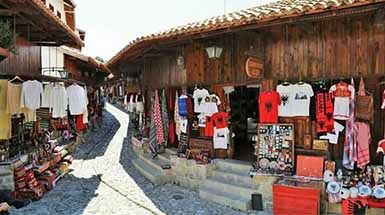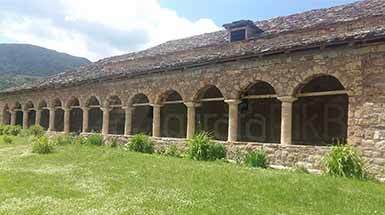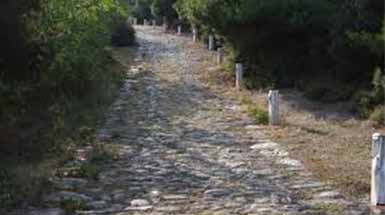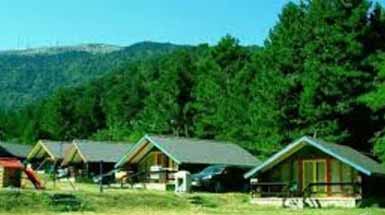Destinations
Durres is a versatile port city with both a modern and ancient appeal. If fun in the sun is in order look no further than the waterfront, where Albania’s largest and liveliest beach buzzes with activity in summer. Durres is also replete with Roman and Byzantine heritage – you can discover the remnants of Albania’s biggest Amphitheatre here, while both the city defenses and forum date back 1500 years. You could also travel inland to see the castle where Albanian national icon Skanderbeg fought off three Ottoman sieges in the 1400s, or continue on to Tirana to visit the nation’s capital.



